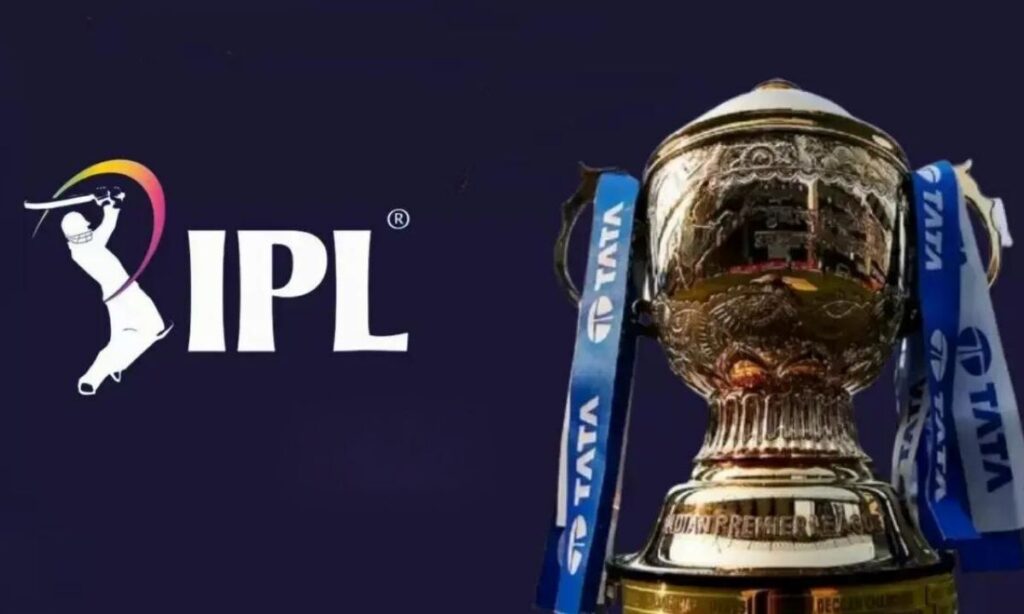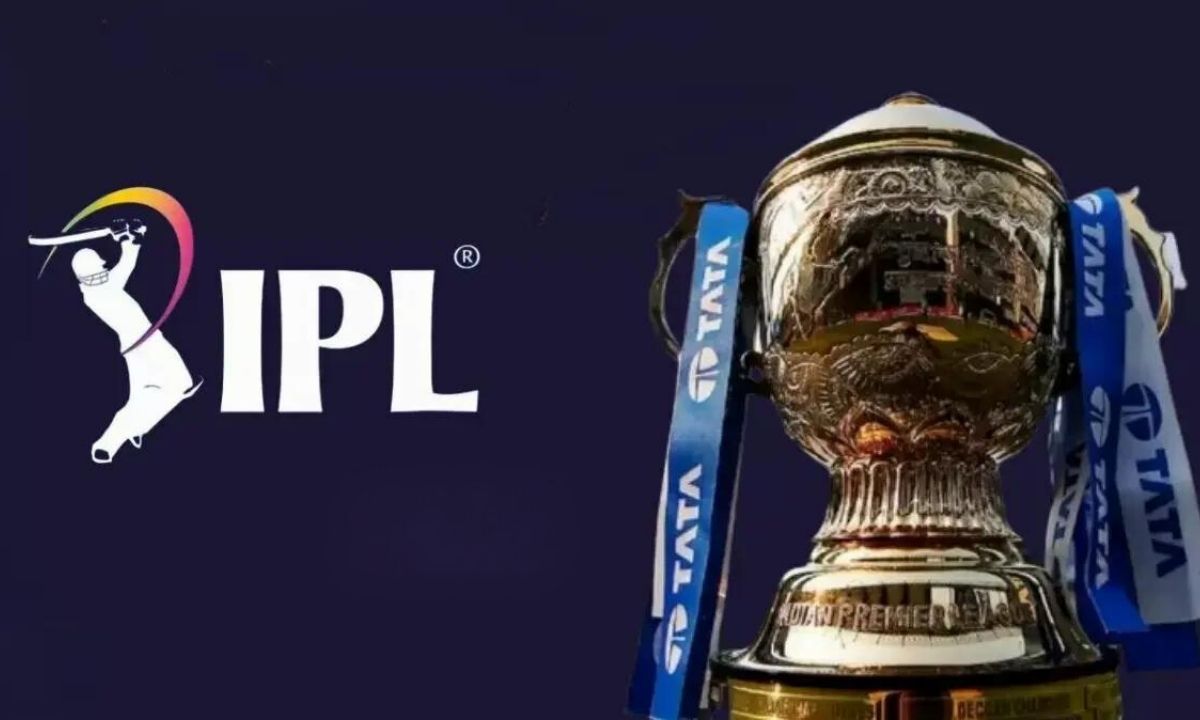Before the mega auction in 2025, the franchises in the IPL are preparing for a major revolution in the player retention policy. Here are some of the suggested changes: Increasing the interval before mega auctions and expanding RTM choices can significantly transform the league.
Extending the Mega Auction Cycle: Building for Future Generations
The root of the franchises’ speculation lies in suggestions for reliable stability and command over the squads. Many critics argue that three yearly mega auctions are not ideal because they are unfavourable for franchise building and nurturing young talent.
Extending this period to five years, teams believe it is possible to give more attention to the young talents, the development of the roster’s base, and reduce the possibility of losing players to other franchises.
Increased RTM options: flexible strategies for player retention
In addition to the changes in the auction cycle that franchises would like to see, they would also like to have more RTM choices. Presently, teams only have a few chances to counterbid other teams for their players during the auction. Increasing this to eight RTM franchises would allow franchises to retain their key assets, while also allowing the auction market to freely determine player value.

Addressing Player Discontent: Navigating Potential Conflicts
However, the implementation of the changes may incite dissatisfaction among the players. For instance, retaining a player before the auction and then buying them back through an RTM at a significantly higher price can lead to conflicts within the team. In this regard, some franchises have proposed conducting direct conversations between the teams and the players for the purposes of contract renewals between mega auctions.
Beyond Retention: Aiming for Enhanced Fan Engagement
In the coming weeks, the IPL governing council will meet with the franchise representatives to provide a detailed explanation of these two proposals. Other topical items up for discussion are the effects of the impact player rule, the amount for the 2025 sale, and adjustments to the existing cap for retained players.
Franchises are attempting to create a sustainable and exciting IPL through the proposed overhaul of the player retention system. Therefore, upholding one’s unique identity and creating a sense of familiarity with the fans may be crucial in fostering stronger relationships with them.
Over the years, the frequent trade of players has become a significant problem in building a loyal fan base. Franchises believe that prolonging the existence of squads can help solve this problem. “We need to create a sense of tribalism among our fans,” said another franchise official. “Having the same core group of players for a longer period can help achieve this. It’s about building a team that fans can truly connect with.”
Balancing tradition and innovation
Thus, the IPL is beyond doubt a spectacular success story, but as a league grows, it begins a new cycle of opportunities and threats. This year’s decisions will determine the outcome and evolution of this esteemed league, as well as the audience and players. This balance will be crucial as the league progresses, as various aspects of competition will undergo changes.
As the IPL enters a new phase, the focus is on player retention and team building.
This new era of IPL is more professional and serious about retaining the players in the Indian Premier League and building up the teams. Today’s decisions will determine the format of the IPL for years to come, and the cricketing world can only wait.
Strategic Adaptations: Embracing New Challenges
Now that the league is moving through this stage, franchises undergo a process of coping with a number of emerging issues. New changes to their systems, proposed to reflect on things like player retention rates, fan bases, and general competition balance, have brought with them new challenges.
To overcome these challenges, franchises would have to improve their strategic planning, particularly long-term planning and players’ development. This will necessitate adaptations that are not only financial but also cultural—one that will see the audience and players work towards investing more than just their currency.
As a result, such changes may be beneficial for teams that can adapt to those shifts and build a long-term and loyal fan base.
The impact on team dynamics and player morale is significant.
The length of the auction cycle and the availability of more RTM choices should significantly impact the morale of both teams and players. The proposed systemic arrangements capture the longitudinally stable core-player-oriented system that formulates the central intent of an optimistic team-building approach, which is to promote organizational stability among the players so that they can construct a strong team base among themselves.
But this stability might also bring fresh dynamics to the chemistry of teams and players’ relationships. Probably, the ability to ensure that the retained players and the newcomers blend well will be essential for team performance as well as morale. The impact of these transitions may require franchises to spend time and money on group cohesiveness and methods of transitioning between them.
Future Prospects: A Vision for IPL’s Evolution
Further changes to the IPL will be of great interest to all cricket stakeholders in the future. The league’s proposed amendments represent a significant step towards enhancing the league’s organizational structure and fostering improved competitive equity among the teams.
That’s why the implementation of these reforms and their effectiveness within the existing franchise system will be crucial. While moving into this mode, the aspects of retaining players and the general talent hunt, as well as team management, will play a significant role in deciding the future of the IPL.

